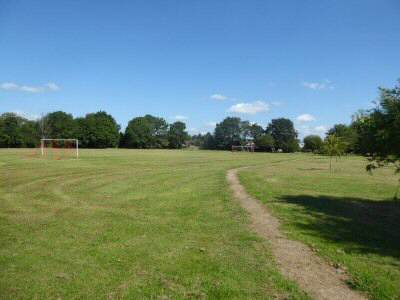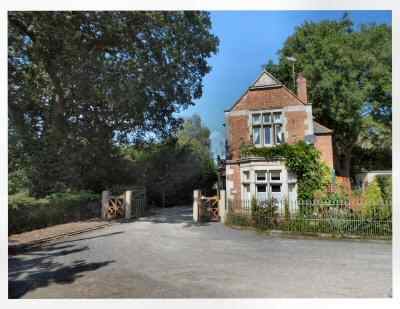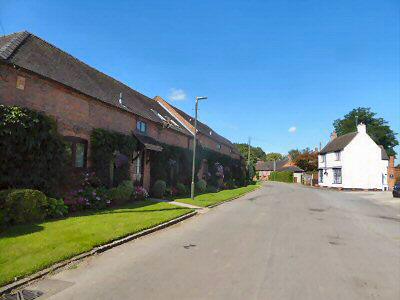EGGINTON
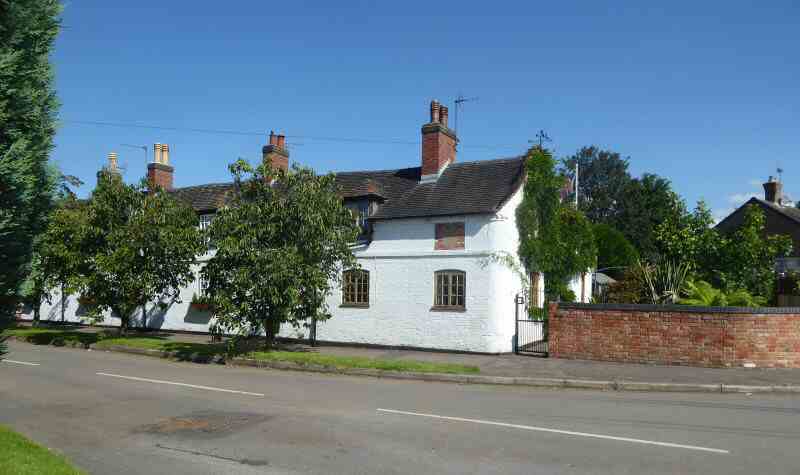
INFORMATION
Where is it? – The village is south of Derby, off the A5132 between Willington and Hilton. It is approached from Etwall in the north along Egginton Road (SK267284).
What to do? – Take a short circular walk around the village starting on Fishpond Lane and then turning up Main Street before turning into Duck Street. This will take you back to Fishpond Lane and the start of the walk. On your perambulation around the village, you will be able to observe many different types of housing accommodation – visit St Wilfrid’s Church with its long avenue of trees and interesting stonework.
Where to eat? – There are no cafes, restaurants or pubs in the village. Etwall and Willington are nearby and possess a range of cafes, restaurants and pubs to suit all tastes.
Other places to visit – Visit Mercia Marina and browse the shops and explore the sensory garden and wildlife walks; take a walk along the canal bank, where there is plenty of activity on the water in the peak season and wildlife to be seen all year round – cross the River Trent and visit Repton that in the 7th century was the capital of the Kingdom of Mercia. The parish church of St Wystan has existed, in some form or other, since the 8th century. Underneath the chancel is the Saxon crypt that was the burial place of Mercian kings – Sudbury Hall and Museum of Childhood, which is a National Trust property. The hall includes superb plasterwork ceilings and Grinling Gibbons carvings.
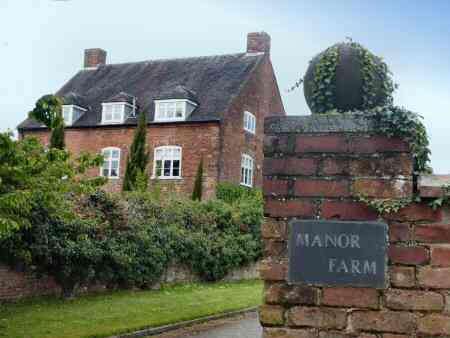
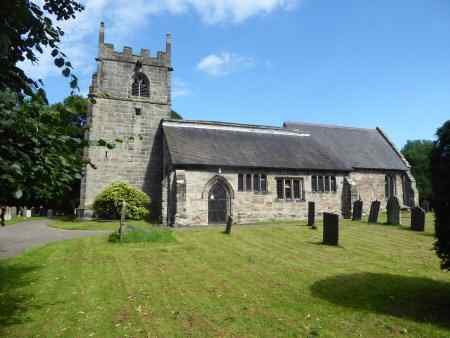
PROFILE
Egginton is a small pretty village in the Trent Valley, between Derby and Burton-on-Trent, with easy access to both the A38 and the A50, which makes it popular with commuters. Once predominantly a farming community many of the old farms and buildings have been converted into modern-day residences and together with new housing stock form a pleasing whole.
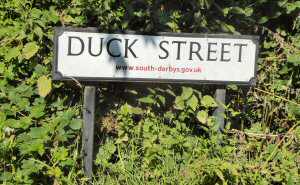
The village has a school, a Grade I-listed church and a memorial hall but no shop or public house. Surprisingly it has a privately owned airfield only a short distance from the village centre. There are only two buildings in the village built of stone, St Wilfrid’s Church and the Pinfold. The latter where stray animals were once kept awaiting collection. After the First World War, it housed a German machine gun given to the village as a war trophy.
EGGINTON HALL
There have probably been several houses on the site of the Old Hall, including one inherited in 1622 by Sir Simon Every, which was burnt down in 1736. Its replacement had its finest hour when it played host to King Edward VII and Queen Alexandra on their way to Doncaster Races, in 1902. During the First World War, the house was made available for wounded soldiers. But in 1940 it was sold due to the owner’s serious financial problems. It was then taken over to support the Second World War effort and occupied by the Army and later the RAF. After the war was over it was used by the Local Authority to house the homeless. But in 1955 the hall was demolished after falling into disrepair. However, as a reminder of that period, the Lodge Gatehouse remains and the lake, or fish pond as it was called, can still be seen from Fishpond Lane.
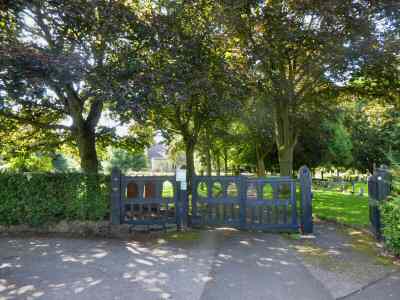
DERBY AIRFIELD
After the closure of the nearby airport at Burnaston, to accommodate the arrival of the Toyota car factory, which started operations in December 1992. Derby Airfield was established at Egginton. It is only a small privately owned airport used by several light aircraft owners, as well as housing an aero club and aircraft maintenance firms.
RAILWAYS
From April 1878 the village had a local railway station at Egginton Junction, next to the Hilton crossing. Until most of the line was closed to passenger traffic in December 1939. However, Egginton station did not officially close until 3 March 1962. When the section of line between Egginton Junction and Friargate was then acquired by British Rail, as a test track. But in 1973 the line was shortened only running to Mickleover. Due to the eastern end of the track being required to enable the construction of the new A38 trunk road. Thereafter the remaining section of the line was used as a test track until 1990 when the A516 feeder road to the A50 by-pass was built over the trackbed and the line was closed.
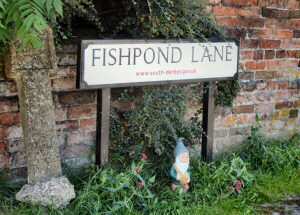
ST WILFRID’S CHURCH
At the time of the Domesday Book the manor of Egginton possessed a priest and a church, but there is no trace of the old church. The oldest part of the present church appears to date between 1290 to 1300, at which time the church seems to have been almost entirely rebuilt.
The present church is dedicated to St Wilfrid and is Grade I listed. It was restored between 1891 and 1892 by Evans and Jolly of Nottingham. It was reopened by the Bishop of Southwell on 1 April 1892. A bell in the church is of significant historical being about 900 years old.
FISHPOND LANE
The row of pretty white cottages opposite the park wall in Fishpond Lane were built with their doors at the rear, as were two other rows of cottages. This rather unusual arrangement was said to have arisen because of a hunting dispute. When Squire Osbaldeson of Atherston had leased the land at Egginton for a hunt in 1815. The outcome of the dispute was that Squire Osbaldeson was challenged to a duel which he declined. This unnerved him to the extent that when the new cottages were built. He had the doors placed at the rear so he would not see his tenants gossiping about him on their doorsteps as he drove past in his carriage.
